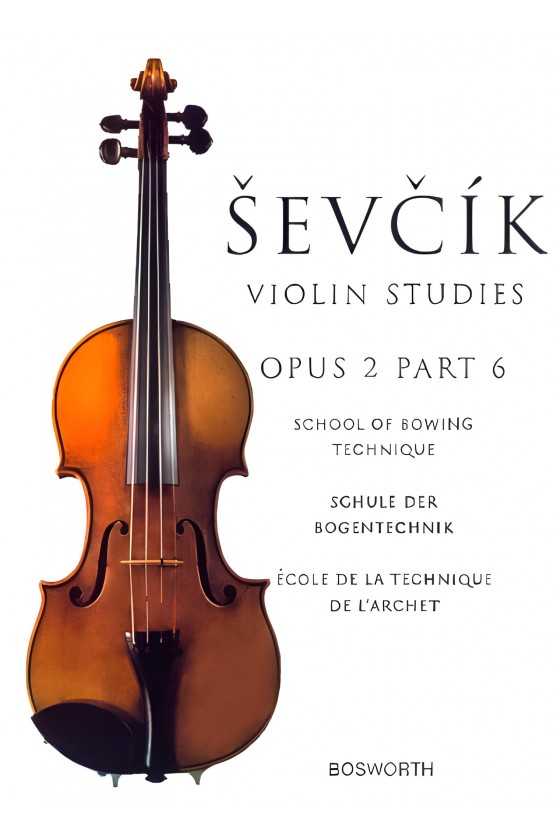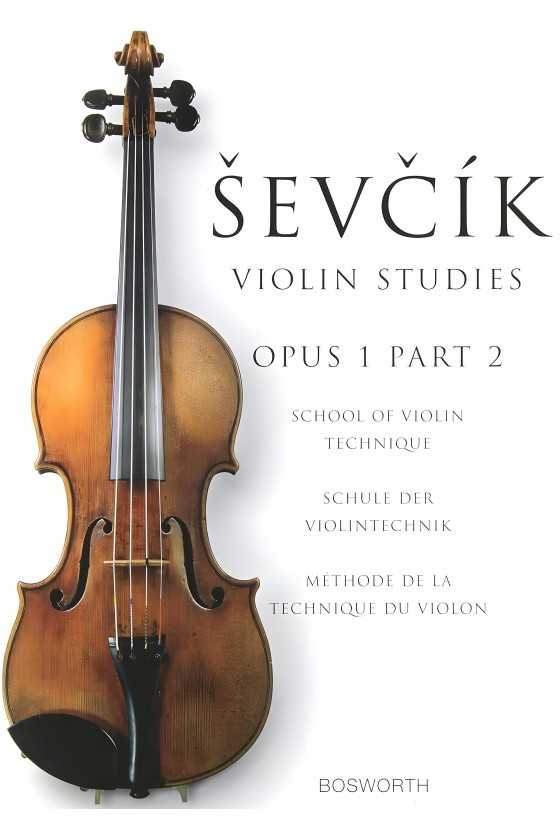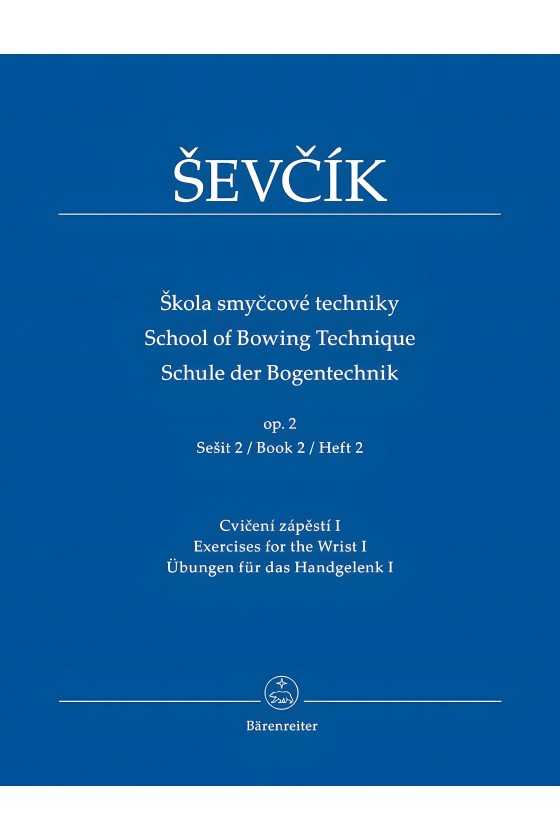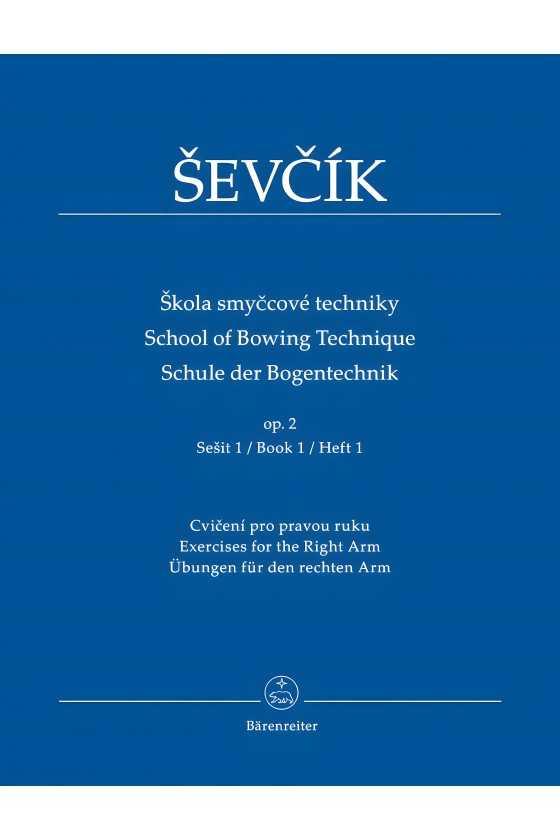
Sevcik, Op. 7 Part 2 for Violin (Bosworth)
Otakar Sevcik, a renowned violin pedagogue, created a series of "Preparatory Trill Studies" designed to help players of all levels improve their technique. These studies are rigorous and effective, covering finger placement and pressure on the strings and gradually building the trill motion from the beginning positions on the fingerboard.
Opus 7 Part 2 continues these initial principles and introduces double-stop exercises. This Bosworth Edition includes helpful commentary on the exercises to guide players through the process and improve their playing skills.










